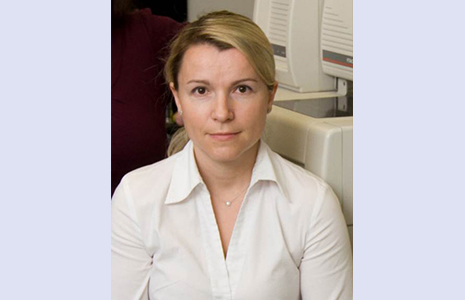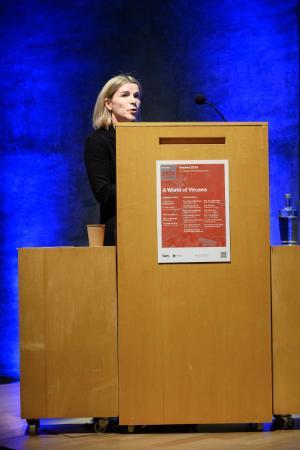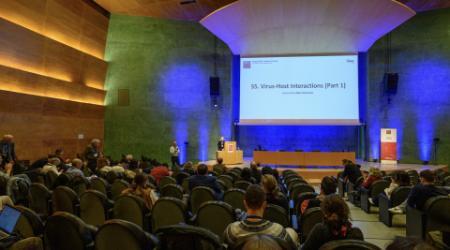Dr. Svetlana Folimonova
Professor

Contact:
Phone: (352)-273-4655
Email: svetlana@ufl.edu
Office: Room #2565, Fifield Hall
2550 Hull Road
Gainesville, FL, 32611
About
My research program focuses on viral and bacterial diseases of citrus, in particular diseases caused by Citrus tristeza virus (CTV) and by Candidatus Liberibacter asiaticus [Citrus greening or Huanglongbing (HLB)]. My primary research effort is concentrated on understanding of the mechanisms of the infection process, hosts responses to the pathogens, improving methods of detection, and developing management strategies for these diseases.
-
Education
Ph.D. Virology, Moscow State University, 1996
B.S./M.S. Biology/Biochemistry, Moscow State University, 1989
-
Patents & Copyrights
“Citrus tristeza virus based vectors for foreign gene/s expression”, Serial No. 61/537,154; filed September 21, 2011, Docket No. 10457-204; UF#13736.
“Viral based transient-expression vector system that ameliorates superinfection exclusion”, Serial No. 61/440,445; filed February 8, 2011, Docket No. 10457-187P; UF#13630.
“Viral based transient-expression vector system that allows multiple applications”, Serial No. 61/321,970; Docket No. 10457-165, filed April 8, 2010.
“Viral-based transient expression vector system for trees”, application for U.S. Letters Patent was filed on July 16, 2008, and assigned Serial No. 12/174,159 and Docket No. 10457-119.
-
Publications
View a collection of my publications on Google Scholar
-
Videos
This Week in Virology podcast at MicrobeTV, an independent podcast network for people who are interested in the life sciences, where I speak about my work on plant pathogens.
https://www.microbe.tv/twiv/twiv-503/
My presentation titled "Understanding of cross-protection by citrus tristeza virus" at the Forestry and Agricultural Biotechnology Institute (FABI), the University of Pretoria, a world-class research institute focusing on Forestry and Agricultural Biotechnology.
https://www.youtube.com/watch?v=9FCmCquWoIQ
-
Photos
Dr. Folimonova is presenting an invited talk at a conference "Viruses 2024 - A World of Viruses" held in Barcelona, Spain in February 2024.


